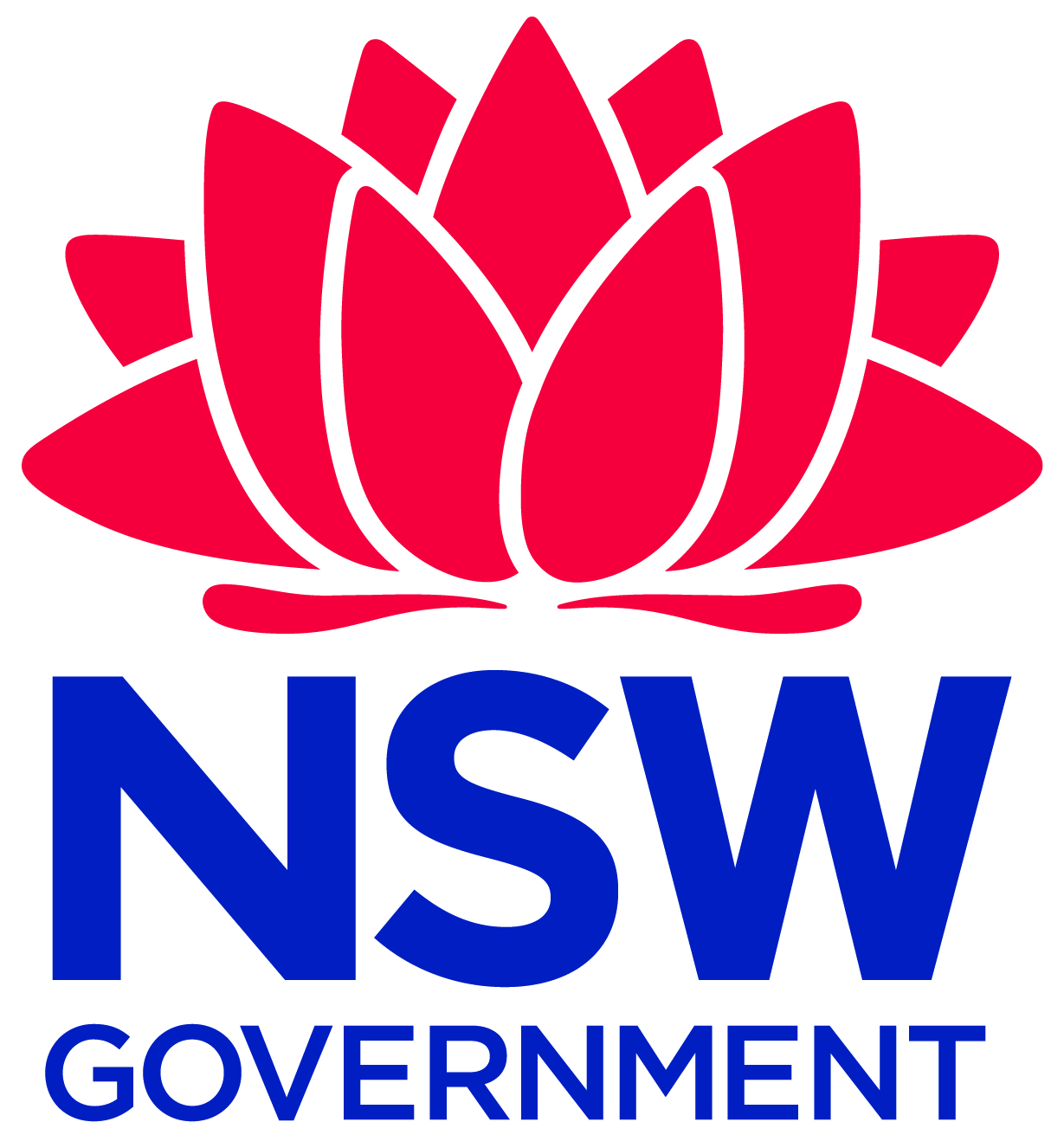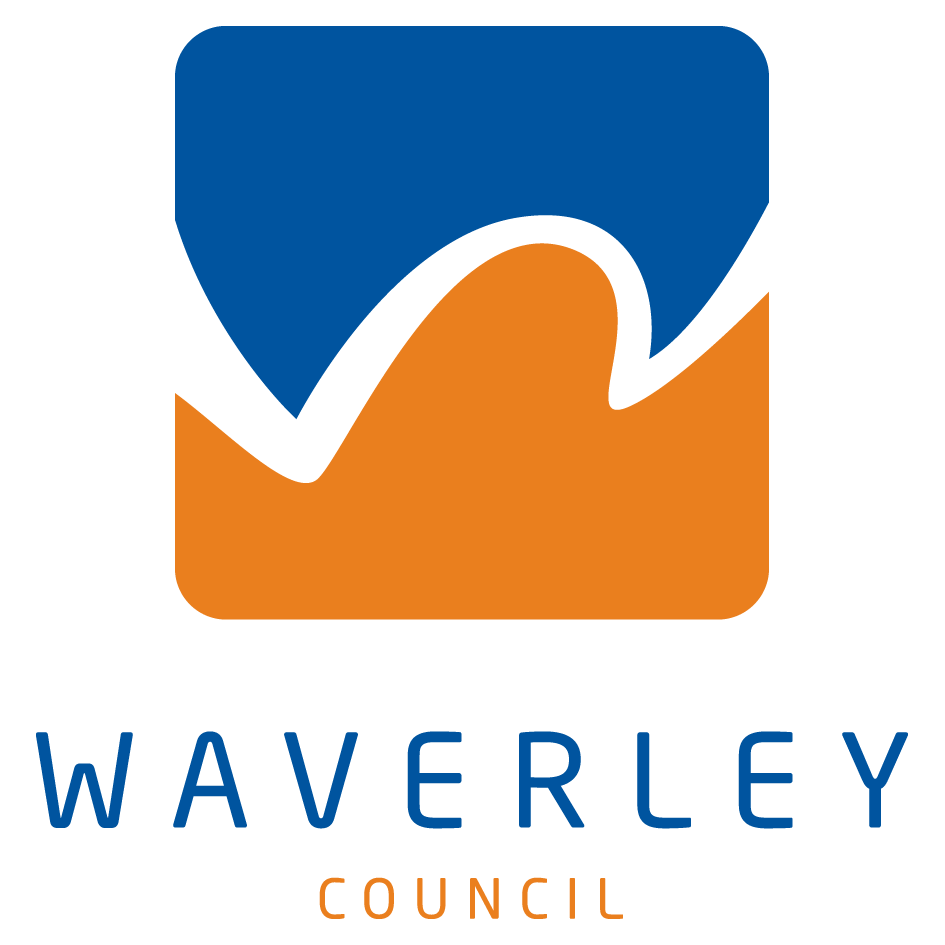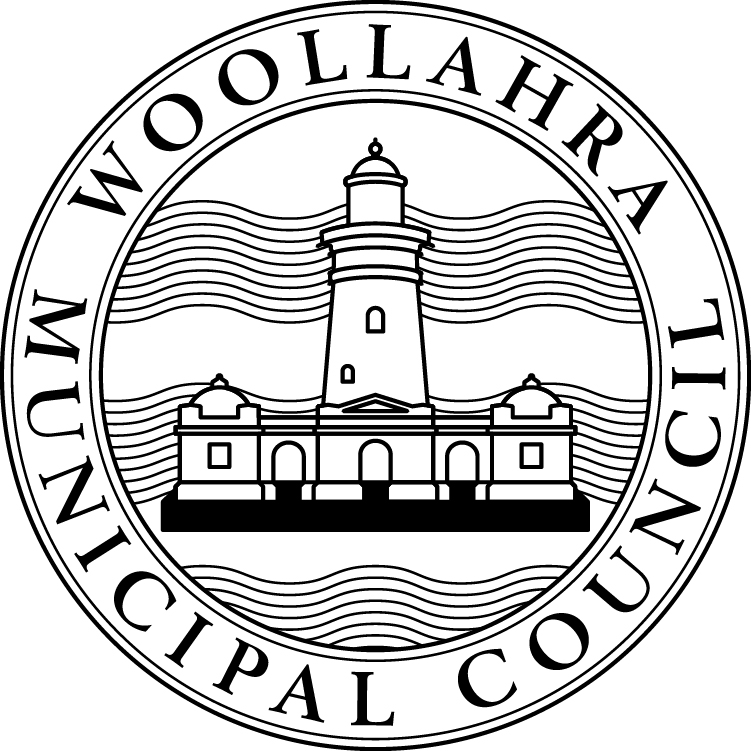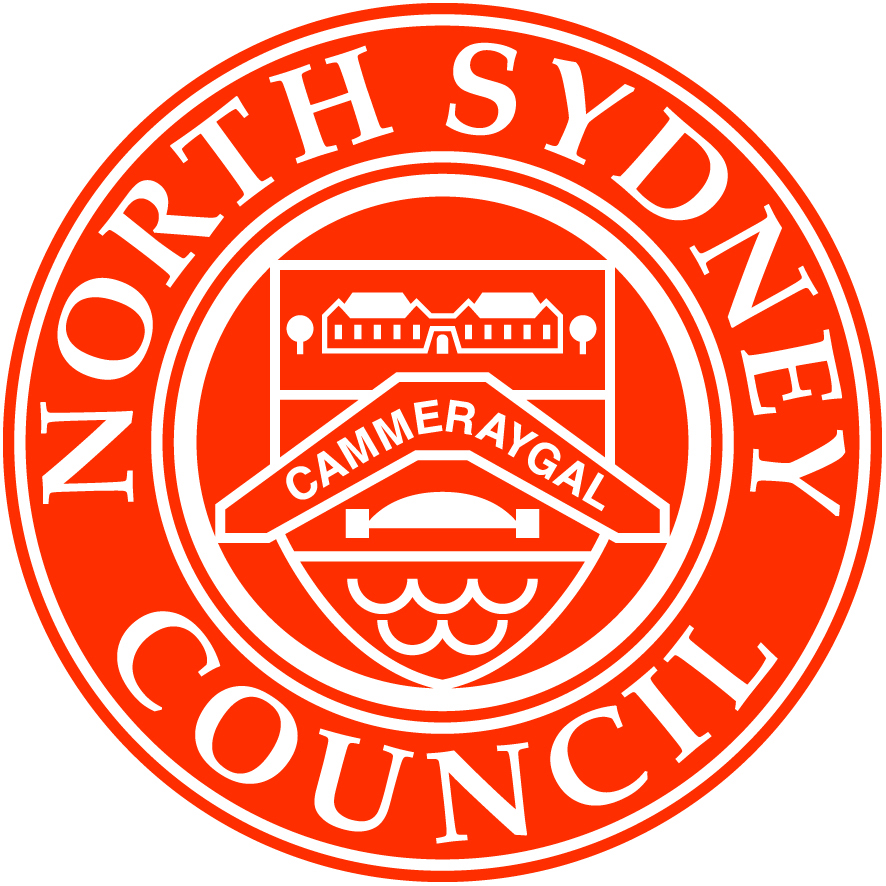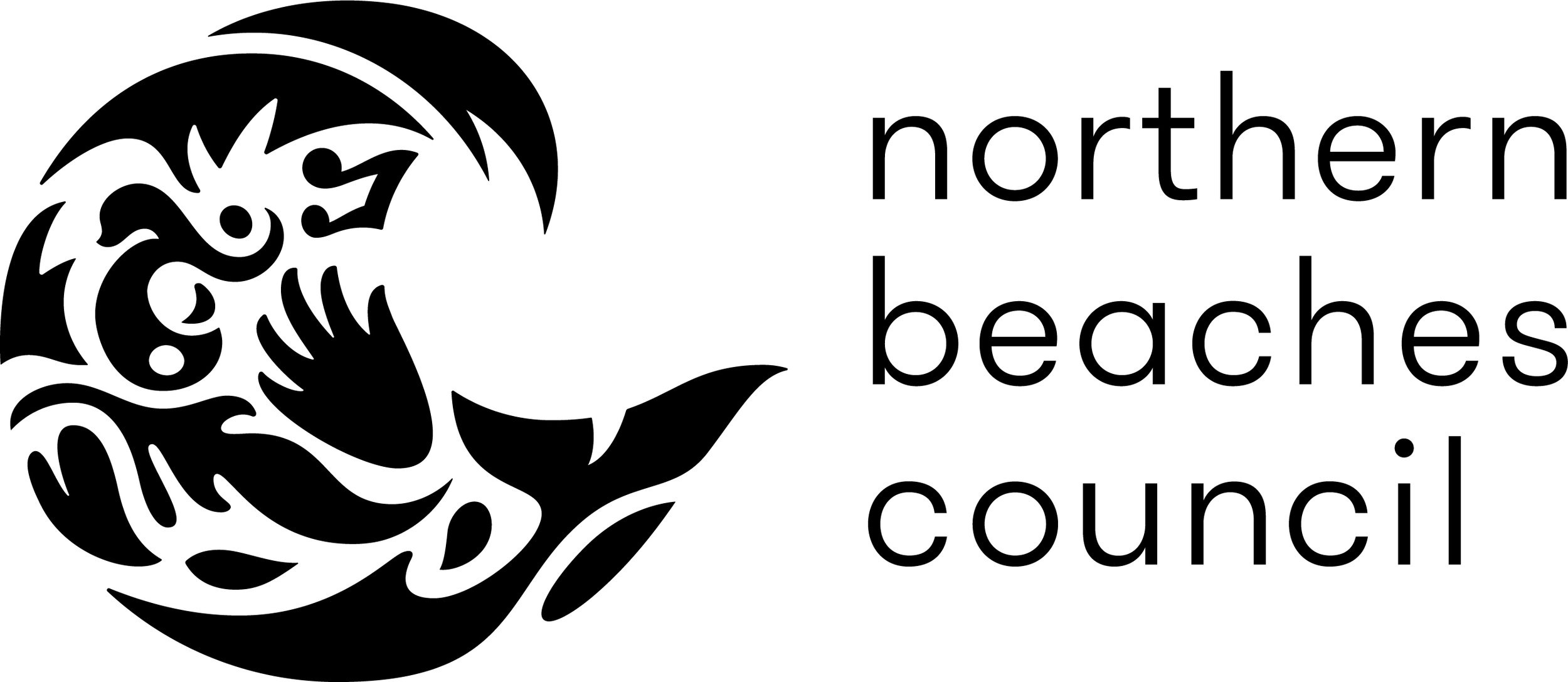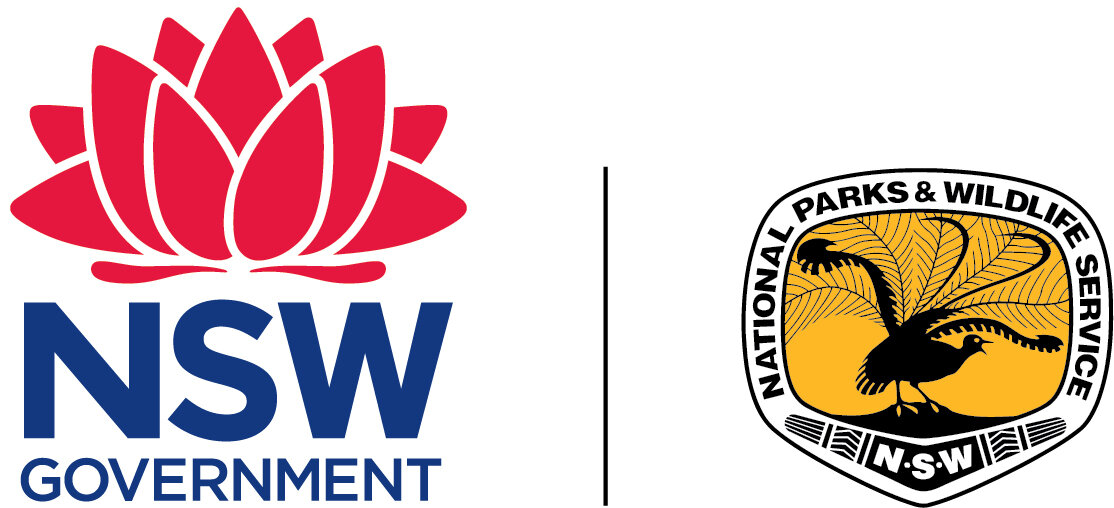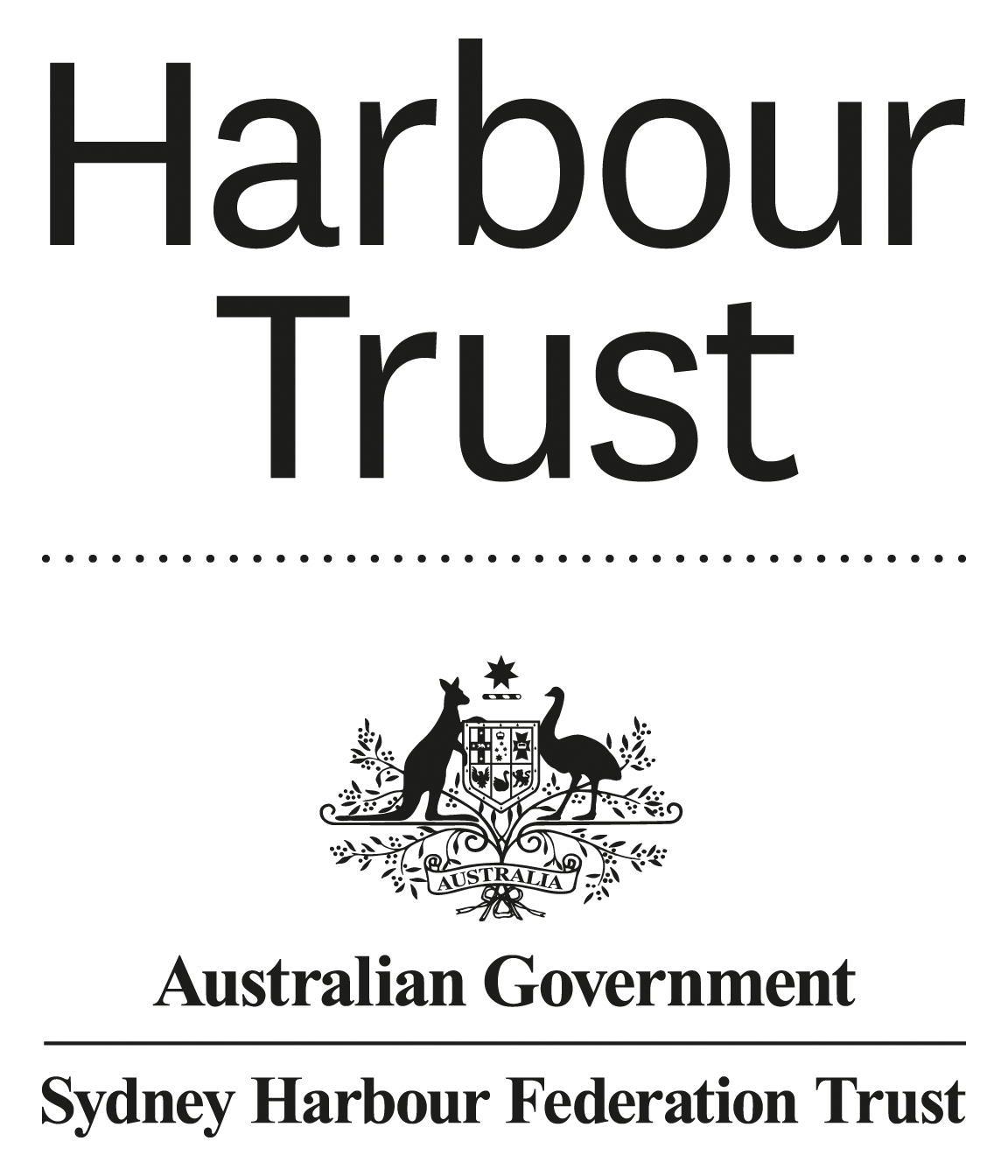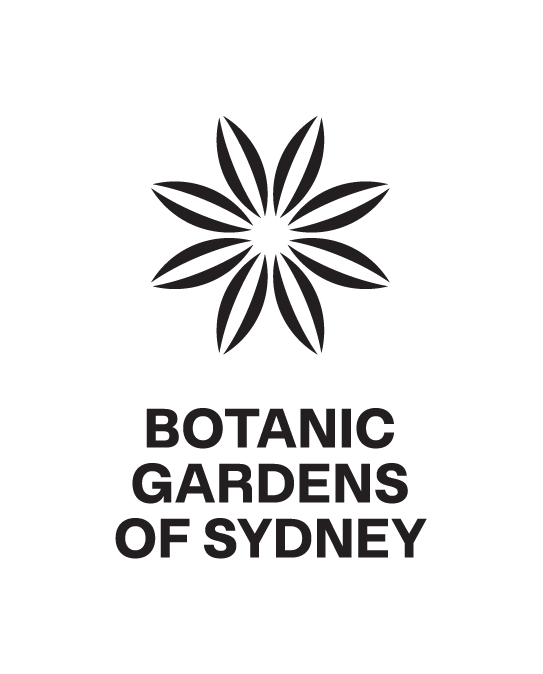This wonderful Dreamtime Story of buriburi - the whale, was told by Ray Ingrey, Deputy Chairperson of the La Perouse Local Aboriginal Land Council, at the launch of the Bondi to Manly Walk Aboriginal Whale Symbol.
“Our people talked about a land in the far distance to the east, a long time ago where our very very old people lived. They spoke of buriburi, gunaagan having a fight, and guriwala who rode and rode.
The story I’m going to share with you relates to our ontology. It gives spiritual reasoning to why there are certain features in our local environment, and why some of our animals, like the buriburi, are the way they are, and why they have human characteristics.
This story was told to us when we were young, by our senior women. It was told to them in the early 1900’s by people who lived under full kinship law.
A long time ago, our people lived to the far distant east, which we call ngarawan.
They lived in human form, but the area they lived in was quite barren. The people knew that if they didn’t leave the area they would perish.
They had small canoes and they knew they couldn't make the journey West, and the only fella with a big enough barangga or vessel, was buriburi but he was a greedy fella.
And he wouldn’t share .
So one evening the people got together and said to gunaagan, who was buriburi’s good friend, “You need to distract him while we take his barangga.”
One morning gunaggan said to buriburi, who was a big man with dreadlocks, “buriburi come over here and let me look for some lice in your hair.”
Buriburi pulled his barangga up to the shallow waters, tied it to a rock nearby and sat down and let gunaagan search through his hair.
Buriburi would look at it (the barangga) then lay back down, then look at it, then lay back down. And when he was comfortable, he asked gunaagan “Is my barangga alright?” and gunaaga would tap it with two pieces of stick and say, ”Yes I’m tapping it, can you hear it?”
The people jumped in the barangga and started rowing off.
As they reached the far distance, just before they were out of sight, for some buriburi jumped up. Seeing that his barangga was stolen, he got into a rage (he had a short temper), and he had a fight with gunaagan.
Gunaagan, being a little fella, grabbed one of the sticks and stabbed a hole in the top of his head.
Buriburi picked him up and slammed him on to a rock, splattering him out, where gunaagan fell into the shallow water.
Buriburi jumped into the water and started swimming after his barangga. The stick dislodged and blood started pouring out, but he kept swimming.
The pursuit lasted a couple of days and the people in the barangga were getting tired and they started to give up. Buriburi was gaining on them.
So a little man named guriwala said ‘Let me row. I’ll get us there, look at my strong arms” and he started rowing.
At this point, the blood that was coming out of the top of buriburi’s head, started turning into salt water and he started growing fins and a tail.
And everytime he would come up, he was so angry that he would spurt salt water out of the top of his head.
The row lasted for another day and finally the people spotted land. And the little skinny fella, galu, started dancing. He was a dancer and he’d get excited but he started growing feathers and a beak and he made two holes in the barangga.
They reached land, this time in animal form, and got out. They pushed the barangga out a little bit from the beach and it turned upside down. It turned into gangmanggang, which is known as Windang Island down on the Lake Illawarra.
Guriwala, ashamed, because in the journey he started growing fur and a black nose and funny ears, climbed to the nearest tree crying where he hugged it, and, exhausted from rowing, went to sleep.
Gunaagan, poor fella, in the shallow water turned into a starfish, where he and his ancestors remain today.
Galu, continues to dance when he gets excited, and buriburi and his ancestors continue to travel up and down the coast, looking for their barangga.
Our old people said, we know where buriburi and his ancestors have been because of the islands that are made in our country.
Islands in Sydney Harbour, like Clarke Island, Botany Bay and Shoalhaven, were made by buriburi. Thinking that they found their barangga, they went around it, made it deeper, then realised it wasn’t theirs and off they’d go again, spurting water out the top of their heads.
Stories like this allow us to understand the world through our metaphysical lens. For us, knowledge is abstract and theoretical. We’re able to apply spiritual reasoning as a matter of logic, spiritual reasoning is therefore logic for us.
So one of our significant spirit ancestors is the buriburi. That’s why you’ll find, in our country, a lot of rock engravings like this one which relates to buriburi - our spirit ancestor. “
